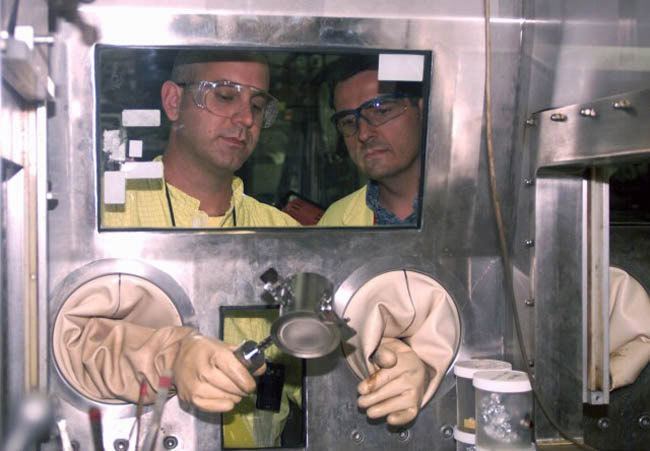 | ||
Ornl producing plutonium 238 for nasa missions
Plutonium-238 (also known as Pu-238 or 238Pu) is a radioactive isotope of plutonium that has a half-life of 87.7 years.
Contents
- Ornl producing plutonium 238 for nasa missions
- Initial Production
- Use as Radioisotope Thermoelectric Generator
- Production
- United States production ceases 1988
- United States production resumes 2013
- Applications
- References
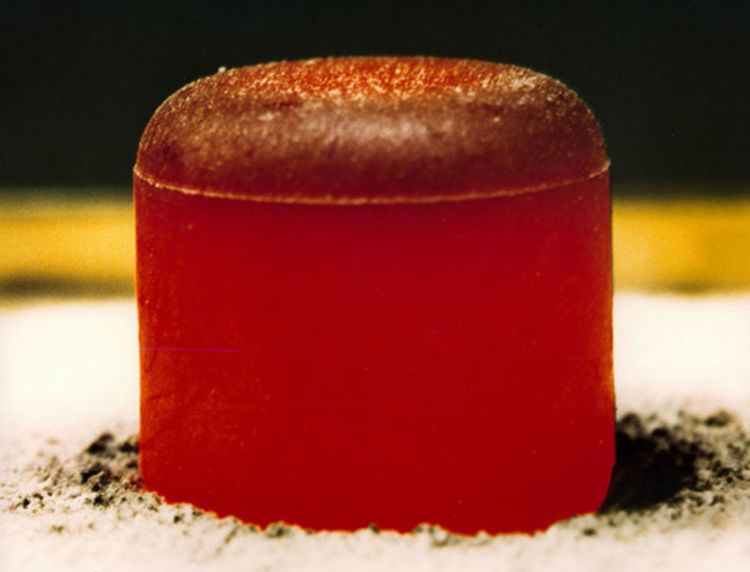
Plutonium-238 is a very powerful alpha emitter. This makes the plutonium-238 isotope suitable for usage in radioisotope thermoelectric generators (RTGs) and radioisotope heater units – one gram of plutonium-238 generates approximately 0.5 W of thermal power.

Initial Production
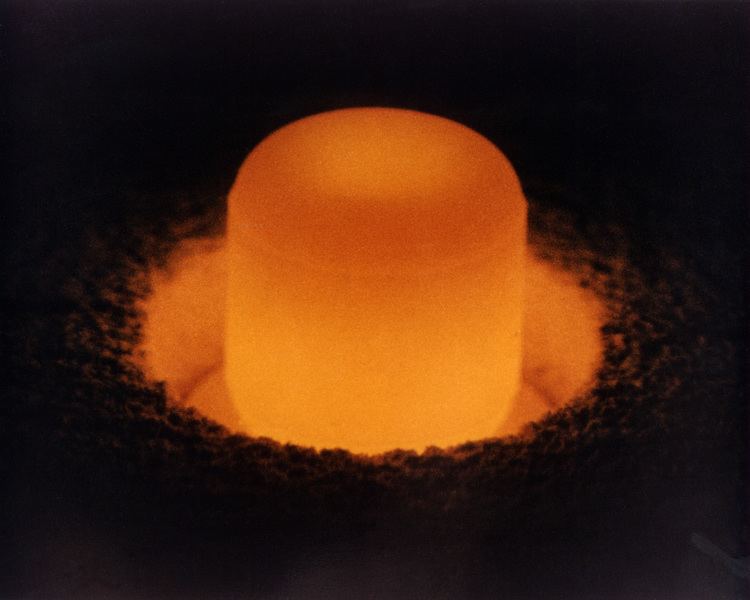
Plutonium-238 was the first isotope of plutonium to be discovered. It was synthesized by Glenn Seaborg and associates in December, 1940 by bombarding uranium-238 with deuterons, creating neptunium-238, which then decays to form plutonium-238. Plutonium-238 decays to uranium-234 and then further along the radium series to lead-206. Plutonium-238 was produced by irradiating Neptunium-237 (half life 2.144M years), which is a by-product of the production of Plutonium-239 weapons-grade material. As produced by Savannah River in their weapons reactor, shut down in 1988, Plutonium-238 was mixed with about 16% Plutonium-239.
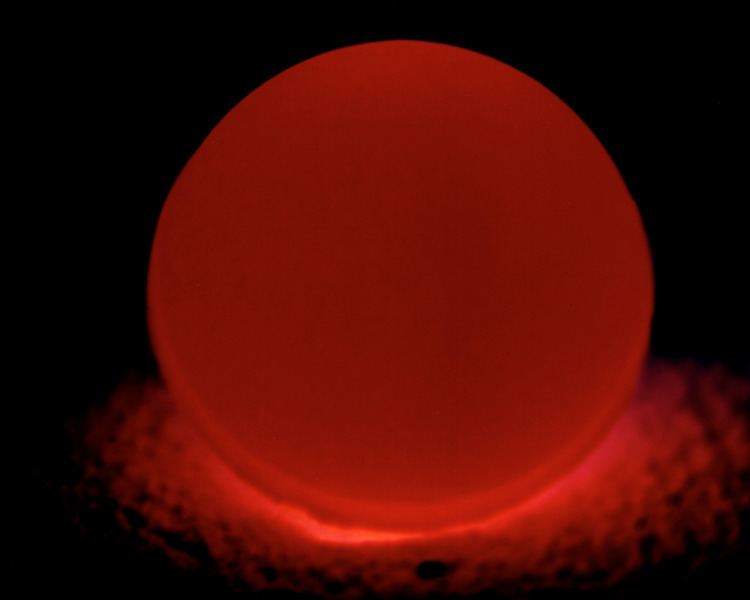
The first application was its use in a weapons component made at Mound for the Weapons Design Agency Lawrence Livermore Laboratory (LLL). Mound was chosen for this work because of its experience in producing the Polonium-210 fueled Urchin initiator and its work with several heavy elements in a Reactor Fuels program. Two Mound scientists spent 1959 at LLL in joint development while the Special Metallurgical Building was constructed at Mound to house the project. Meanwhile the first sample of Plutonium-238 came to Mound in 1959.
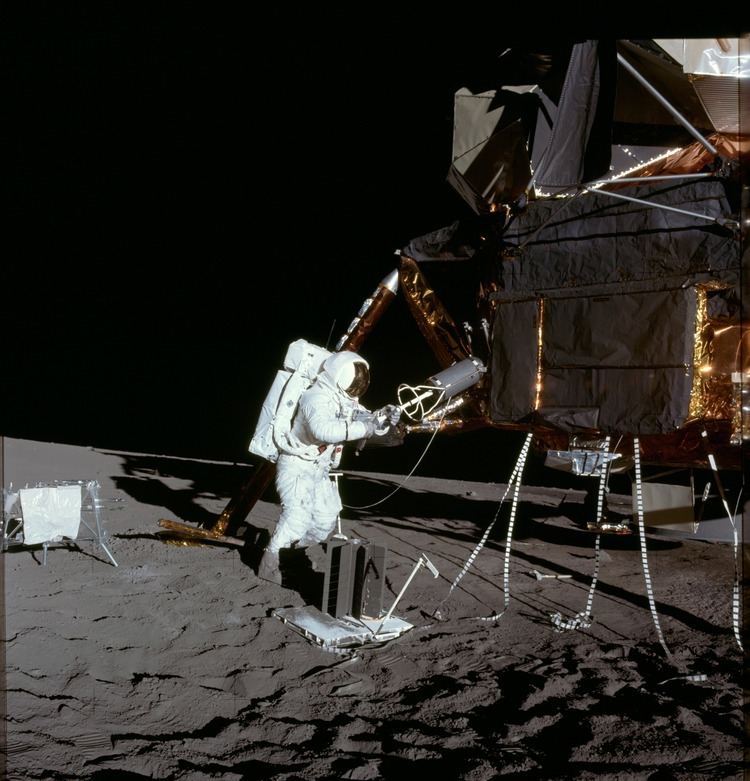
The weapons project was planned for about 1 kg/year of Pu-238 over a 3-year period. But the Pu-238 component could not be produced to the specifications despite a 2 year effort beginning at Mound in mid-1961. A maximum effort was undertaken with 3 shifts a day, 6 days a week and ramp-up of Savannah River's Pu-238 production over a 3 year period to about 20 kg/year. A loosening of the specifications resulted in productivity of about 3%, and production finally began in 1964.
Use as Radioisotope Thermoelectric Generator
Beginning on January 1, 1957, Mound RTG inventors Jordan & Birden were working on an Army Signal Corps contract (R-65-8- 998 11-SC-03-91) to conduct research on radioactive materials and thermocouples suitable for the direct conversion of heat to electrical energy using Polonium-210 as the heat source.
Capt. R. T. Carpenter had chosen Pu-238 as the fuel for the first RTG to be launched into space as auxiliary power for the Transit IV Navy navigational satellite, June 29, 1961. As of January 21, 1963, the decision had yet to be made as to what isotope would be used to fuel the large RTGs for NASA programs.
Then early in 1964 Mound scientists developed a different method of fabricating the weapon component that resulted in a production efficiency of around 98%. This made available the excess Savannah River Pu-238 production for Space Electric Power use just in time to meet the needs of the SNAP-27 RTG on the moon, the Pioneer spacecraft, the Viking Mars Landers, more Transit Navy navigation satellites (precursor to today's GPS) and Voyager spacecraft, all of the Pu-238 heat sources for which were fabricated at Mound.
See the revised table from "RTG: A Source of Power; A History of the Radioisotopic Thermoelectric Generators Fueled at Mound"
The Radioisotope Heater Units were the unsung heroes of space exploration beginning with the Apollo Radioisotope Heaters (ALRH) warming the Seismic Experiment placed on the Moon in the first landing (Apollo 11) through their use on Moon & Mars rovers to the 120 LWRHU's heating the experiments on the Galileo spacecraft.
With Plutonium-238 becoming available for non-military uses, numerous applications were proposed and tested, including the Cardiac Pacemaker program that began on June 1, 1966, in conjunction with NUMEC. When it was recognized that the heat source would not remain intact through cremation, the program was cancelled because 100% assurance could not be guaranteed that a cremation event would not occur.
An addition to the Special Metallurgical building weapon component production facility was completed at the end of 1964 for Pu-238 heat source fuel fabrication. A temporary fuel production facility was also installed in the Research Building in 1969 for Transit fuel fabrication. With completion of the weapons component project, the Special Metallurgical Building, nicknamed "Snake Mountain" because of the difficulties encountered in handling large quantities of Pu-238, ceased operations on June 30, 1968, with Pu-238 operations taken over by the new Plutonium Processing Building, especially designed and constructed for handling large quantities of Pu-238. Plutonium-238 is given the highest relative hazard number (152) of all 256 radionuclides evaluated by Karl Z. Morgan, et al, in 1963
Production
Reactor-grade plutonium from spent nuclear fuel contains various isotopes of plutonium. Pu-238 makes up only one or two percent, but it may be responsible for much of the short-term decay heat because of its short half-life relative to other plutonium isotopes. Reactor-grade plutonium is not useful for producing Pu-238 for RTGs because difficult isotopic separation would be needed.
Pure plutonium-238 is prepared by neutron irradiation of neptunium-237, one of the minor actinides that can be recovered from spent nuclear fuel during reprocessing, or by the neutron irradiation of americium in a reactor. In both cases, the targets are subjected to a chemical treatment, including dissolution in nitric acid to extract the plutonium-238. A 100 kg sample of light water reactor fuel that has been irradiated for three years contains only about 700 grams of neptunium-237, and the neptunium must be extracted selectively. Significant amounts of pure Pu-238 could also be produced in a thorium fuel cycle.
The United States Pu-238 inventory supports both NASA (civil space) and other national security applications. The Department of Energy maintains separate inventory accounts for the two categories. As of March 2015, a total of 35 kilograms (77 pounds) of Pu-238 was available for civil space uses. Out of the inventory, 1 kilogram (2.2 lb) remains in good enough condition to meet NASA specifications for power delivery; it is this pool of Pu-238 that will be used in a multi-mission radioisotope thermoelectric generator (MMRTG) for the 2020 Mars Rover mission and two additional MMRTGs for a notional 2024 NASA mission. 21 kilograms (46 lb) will remain after that, with approximately 4 kilograms (8.8 lb) just barely meeting the NASA specification. This 21 kilograms (46 lb) can be brought up to NASA specifications if it is blended with a smaller amount of newly produced Pu-238 having a higher energy density.
United States production ceases (1988)
The United States stopped producing bulk Pu-238 with the closure of the Savannah River Site in 1988.
Since 1993, all of the Pu-238 used in American spacecraft has been purchased from Russia. In total, 16.5 kilograms (36 lb) has been purchased but Russia is no longer producing Pu-238 and their own supply is reportedly running low.
To restart production, a sustained year-to-year funding would maintain the infrastructure and knowledge base in order to avoid significant recapture costs. Approximately $50 million per year, formerly funded by the Department of Energy (DoE), was transitioned to a full cost recovery model as part of the FY 2014 federal budget. NASA has also provided additional funding to refurbish critical equipment at Los Alamos National Laboratory (LANL). DoE manages the operation of its nuclear facilities in order to ensure nuclear safety/security, to meet mission needs, and to work with other DoE programs. A project to re-establish Pu-238 production capability has a total estimated cost range of $85-$125 million over 9 years, but actual project costs are likely to increase since available funding has not supported the planned pace, thus drawing out the schedule. After production has been restarted it is predicted that it would take at least five years to get enough for a single spacecraft mission.
The Advanced Test Reactor at the Idaho National Laboratory and the High Flux Isotope Reactor at the Oak Ridge National Laboratory were both seen as potential producers.
United States production resumes (2013)
In February 2013, it was reported that a small amount of Pu-238 was successfully produced by Oak Ridge's High Flux Isotope Reactor – this was the first time the United States had produced Pu-238 since production ended in the late 1980s. On December 22, 2015, the Oak Ridge National Laboratory reported that its researchers had successfully produced 50 grams (1.8 ounces) of Pu-238. After an analysis of this sample, production of 300 to 400 grams (11 to 14 oz) of the material per year is planned to begin and then, through automation and scale-up processes, production will increase to an average of 1.5 kilograms (3.3 lb) per year.
Applications
The main application of Pu-238 is as the heat source in radioisotope thermoelectric generators (RTGs). The RTG was invented in 1954 by Mound scientists Ken Jordan and John Birden. They were inducted into the National Inventors Hall of Fame in 2013. http://invent.org/inductee-detail/?IID=473 They immediately produced a working prototype using a 210polonium heat source, and on January 1, 1957 entered into an Army Signal Corps contract (R-65-8- 998 11-SC-03-91) to conduct research on radioactive materials and thermocouples suitable for the direct conversion of heat to electrical energy using Polonium-210 as the heat source.
RTG technology was first developed by Los Alamos National Laboratory during the 1960s and 1970s to provide radioisotope thermoelectric generator power for cardiac pacemakers. Of the 250 plutonium-powered pacemakers Medtronic manufactured, twenty-two were still in service more than twenty-five years later, a feat that no battery-powered pacemaker could achieve.
This same RTG power technology has been used in spacecraft such as Pioneer 10 and 11, Voyager 1 and 2, Cassini–Huygens and New Horizons, and in other devices, such as the Mars Science Laboratory, for long-term nuclear power generation.
